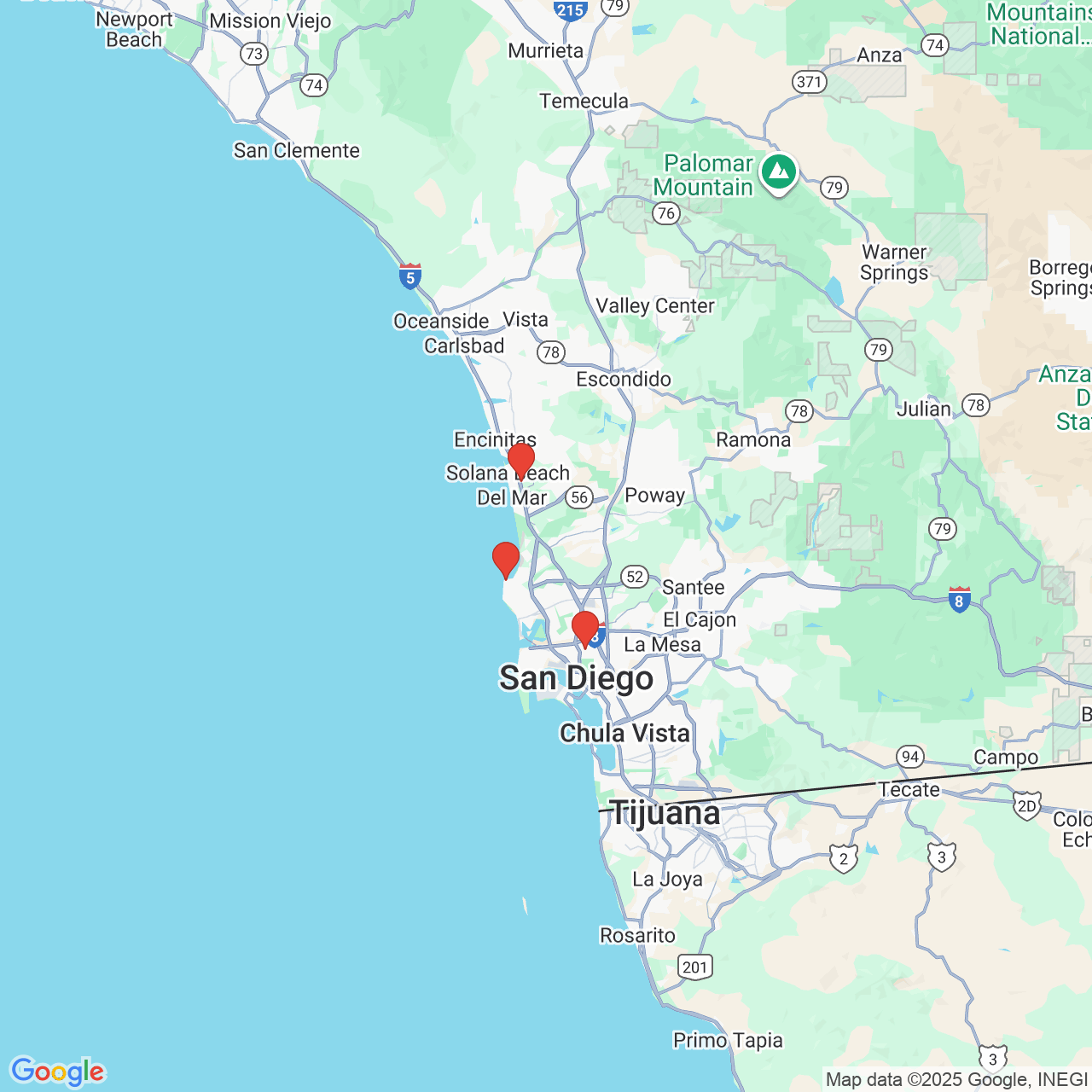What Are the Signs of Vision Loss?
 When our eyesight is affected by aging or medical conditions, it can have a significant effect on our quality of life. Understanding how to recognize vision loss is the first step in correcting it. Our team at GW Eye Associates Optometry is here to explain common signs of vision loss.
When our eyesight is affected by aging or medical conditions, it can have a significant effect on our quality of life. Understanding how to recognize vision loss is the first step in correcting it. Our team at GW Eye Associates Optometry is here to explain common signs of vision loss.
Proudly serving La Jolla, Carmel Valley, and the greater San Diego, CA area, expert optometrists Dr. Gordon G. Wong and Dr. Wildon C. Wong will help you discover if you are suffering from vision loss and what treatments are available.
Common Symptoms of Vision Problems
There are numerous telltale signs that your vision is worsening. We suggest seeing your eye doctor if you have experienced any of the following:
- Blurred vision
- Double vision
- Floaters
- Halos around lights
- Flashes of light
- Strained eyes
- Light sensitivity
- Hazy or cloudy vision
- Spots in vision
- Straight lines appear wavy
Blurry Vision
One of the most common forms of vision loss is blurry vision. This can present in a number of ways, including common refractive errors that result in a change to your vision prescription.
- Nearsightedness: If you have trouble seeing images at a distance, you have nearsightedness, or myopia. This is caused by the eye being too long or the cornea being too curved.
- Farsightedness: The other common form of blurry vision is farsightedness, or hyperopia, where nearby images are blurry. Hyperopia is caused by an eye that is too short or a misshapen cornea.
- Presbyopia: Also referred to as age-related farsightedness, presbyopia most often occurs in adults over 40. The lens of the eye hardens and becomes less flexible with age, making it difficult to focus.
- Astigmatism: When the cornea has an irregular shape, it can lead to blurry vision. Astigmatism is also generally thought to be genetic, much like myopia and hyperopia.
Cataracts
Cataracts can be caused by various factors. These include long-term steroid use, genetics, diabetes, and previous eye surgeries. A cataract is formed when tissue in the lens breaks down, leaving a cloudy residue. Over time, this builds up and blocks light from reaching your retina.
You may have cataracts if you:
- Have cloudy vision
- See halos around lights
- Have difficulty seeing at night
- Experience light sensitivity
- Suffer from double vision
- Notice that colors seem faded
- Are constantly changing your glasses or contacts prescriptions
Glaucoma
Glaucoma is an eye condition in which increased pressure within the eye damages the optic nerve. Because it is hard to catch glaucoma early on, we recommend checkups every year to ensure we spot the signs early. The sooner we start treatment, the better chance we have of preventing vision loss.
Glaucoma symptoms usually involve:
- Reduced peripheral vision
- Tunnel vision
Acute angle-closure glaucoma, a less common form of the condition, can also cause:
- Eye pain
- Red eye
- Headaches
- Nausea
Schedule an Appointment Today
If you have any more questions regarding vision loss, feel free to get in touch with us. We encourage you to schedule an appointment online or call us today at (858) 454-4699.


